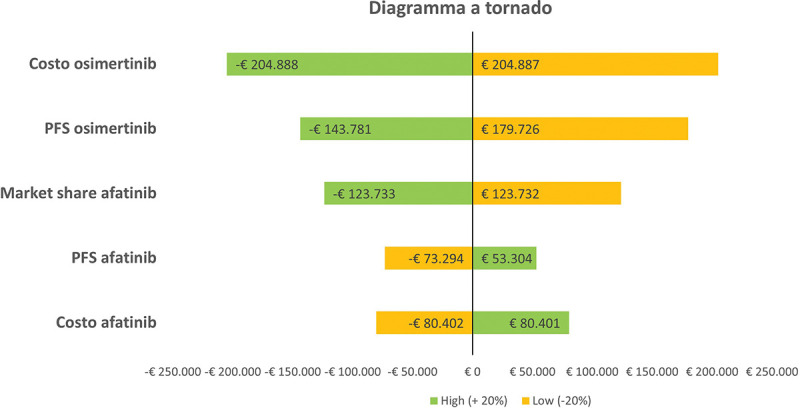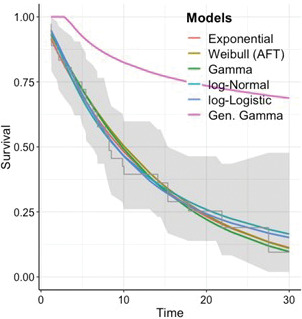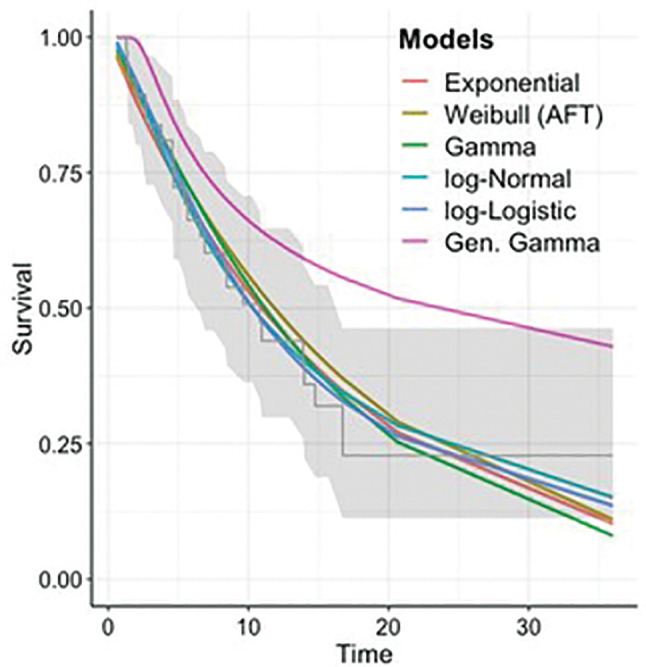Budget Impact di afatinib per il trattamento in prima linea del Non Small Cell Lung Cancer (NSCLC) con mutazioni non comuni EGFR.
IF 0.5
Q4 HEALTH CARE SCIENCES & SERVICES
引用次数: 0
Abstract
Budget Impact Analysis of afatinib for first-line treatment of Non-Small Cell Lung Cancer (NSCLC) patients with uncommon EGFR mutations Background: The current clinical practice for patients affected by Non-Small Cell Lung Cancer (NSCLC) with uncommon mutation is based on afatinib and osimertinib, second and third generation of Tyrosine Kinase Inhibitor (TKI) respectively. For uncommon EGFR mutations, it is still unclear which EGFR TKI is most effective, since there are few dedicated prospective studies and Next Generation Sequencing (NGS) techniques trace an increasingly large and sometimes little-known population of EGFR mutations. Objective: To determine the economic impact associated to afatinib and osimertinib, a Budget Impact model considering a 3-year time horizon with two scenarios was developed: a first scenario, called AS IS, based on treatment with afatinib and osimertinib according to a distribution of market shares as emerged from clinical practice; a second suitable scenario, called TO BE, based on reviewed literature data, assuming for each year a 10%, 15% and 20% increase in afatinib use, respectively. Methods: Budget Impact analysis was conducted using a dynamic cohort model, in which the annual number of patients with NSCLC and uncommon mutations was equally distributed over 12 months. Progression-free survival (PFS) data for afatinib and osimertinib were extrapolated up to 36 months from published Kaplan Meier curves, and then the number of patients was estimated for each treatment. Results: The increase of 10% in afatinib use allowed a saving of drug acquisition costs for the Italian NHS, over the 3-year time horizon, of –€ 622,432. The univariate sensitivity analysis shows the market share of osimertinib to be the parameter significantly affecting the results achieved in the base case. Conclusions: The potential increase in the use of afatinib in patients with NSCLC and uncommon mutations leads to lower drug acquisition costs, lower Budget Impact and a saving of money for the Italian NHS.



非小细胞长癌(NSCLC)的前沿治疗预算影响
本文章由计算机程序翻译,如有差异,请以英文原文为准。
求助全文
约1分钟内获得全文
求助全文
来源期刊

Global & Regional Health Technology Assessment
HEALTH CARE SCIENCES & SERVICES-
CiteScore
0.80
自引率
20.00%
发文量
27
审稿时长
8 weeks
期刊介绍:
Global & Regional Health Technology Assessment (GRHTA) is a peer-reviewed, open access journal which aims to promote health technology assessment and economic evaluation, enabling choices among alternative therapeutical paths or procedures with different clinical and economic outcomes. GRHTA is a unique journal having three different editorial boards who focus on their respective geographical expertise.
 求助内容:
求助内容: 应助结果提醒方式:
应助结果提醒方式:


